Brick tile for interior decoration
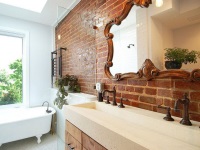
When choosing a suitable option for interior design, many people stop their attention on the tiles imitating brickwork. A clear, clear geometric pattern, versatility, ease of installation and a wide range of colors and shades make this tile one of the most popular options for decorating the living room, hallway, bathroom, toilet or kitchen.
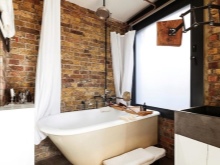
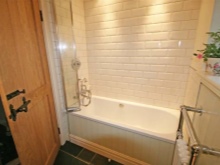
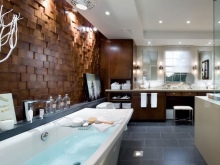
Features and advantages
Natural bricks are most often used for the construction and exterior decoration of houses. However, thanks to its beautiful pattern and neat appearance, the tile, imitating brick, is very popular in interior decoration as well.
Such tiles have a number of advantages over other materials:
- Aesthetically attractive appearance: clear, smooth lines, neat pattern, a wide range of colors.
- Low weight and ease of installation.
- Strength, durability and ease of care.
- Universality. Such tiles look harmoniously in rooms of absolutely different purposes.
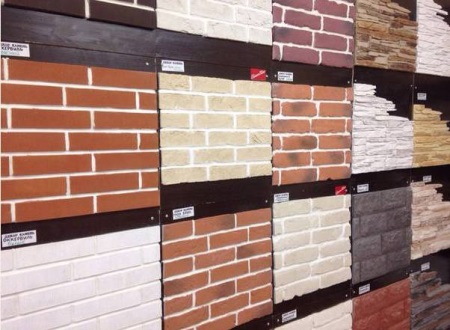
Types of decorative and facing tiles
A decorative brick covering can be laid in several ways:
- by cutting seams on the plastered wall, characteristic of brick cladding;
- Using tiles, tiles can mimic a single brick or part of a brickwork.
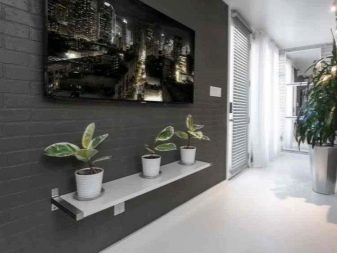
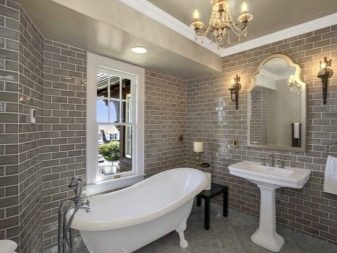
Of these methods, the least time consuming and the most aesthetically pleasing, of course, is the use of decorative tiles.
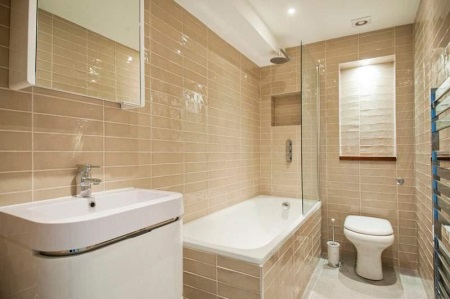
In order to create a maximum similarity with the usual brick, the size of the tiles produced corresponds to the parameters of the brick itself, or rather, its end part (250 * 55 mm). As for external similarity, the choice of proposed options is huge: it is a natural red shade, and white brick, and a combination of several colors, and even an imitation of an aged brick.
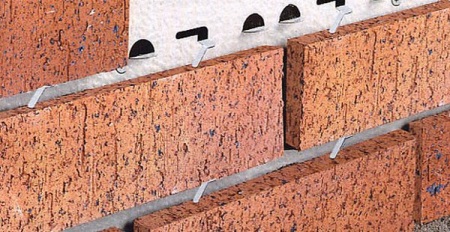
Tiles imitating brick can be different, such as wall and floor, interior and exterior work, .The tile itself can be made of several materials, gypsum or ceramic, for each of which there is a special adhesive.
Flexible tiles are a modern, high-tech material of the new generation. Its advantages include: strength, durability, flexibility, elasticity. Tiles are ideal for designing curved surfaces.
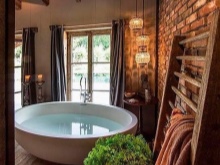
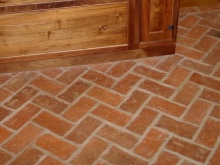
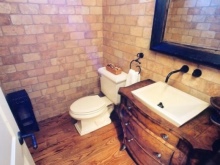
The material
Finishing tile, imitating brickwork, can be made of different materials.
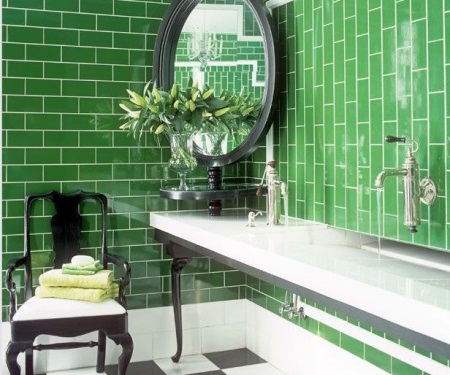
Ceramics
Ceramic tiles have a number of advantages over other materials:
- Low weight. Because of this, such tiles can be laid on quite thin walls.
- Tiles can have a matte, glossy or rough surface.
- Compact size, easy installation.
- It can be used for cladding geometrically complex structures, including arches, columns, protrusions, etc.
The disadvantages include a certain fragility of the material. A strong blow to the tile is enough for it to crack. High cost is also one of the disadvantages of ceramics. Nevertheless, the quality and aesthetic resemblance to real brick is worth it.
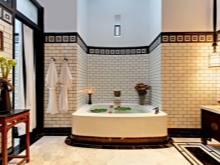
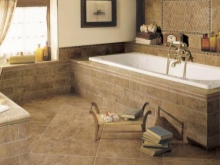

Smooth clinker tile
This tile is most often used for exterior decoration, but sometimes it can be found in the interior of the room. It is made by firing slate clay. This tile is characterized by high strength and resistance to all kinds of influences. Such tiles are great for tiling rooms with high humidity, as well as fireplaces or kitchen aprons. Its advantages include high strength and ease of laying on almost any surface.
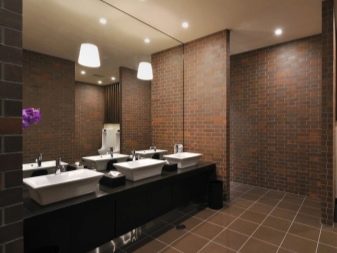
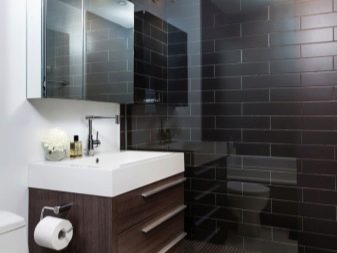
As for the surface of the tiles themselves, they can be smooth or textured. It all depends solely on your own taste preferences.
Gypsum tiles
It is made from a mixture of gypsum powder, water and dyes. The advantages of such tiles include a democratic price, low weight and resistance to abrasion. Disadvantages: the surface of tiles well absorbs moisture, so it is not suitable for wet rooms without pre-treatment with a special water-repellent composition.
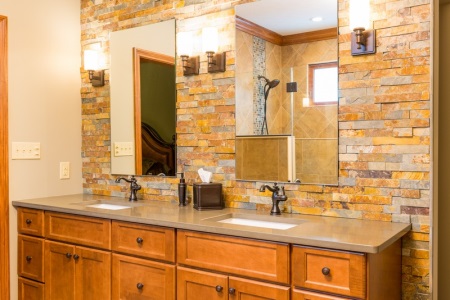
Color
The classic option - red-brown, brown shade of natural brick. Such a tile looks as natural as possible. But this option is not the only one. Very smartly looks surface, decorated with white bricks. Such a tile is ideal for decorating small volume rooms.
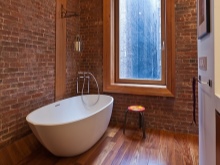
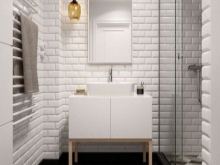
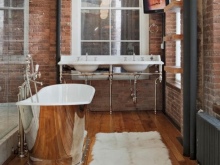
Another option is a game of contrasts. The lower part of the room can be decorated with dark or black brick, the upper part with lighter tiles.
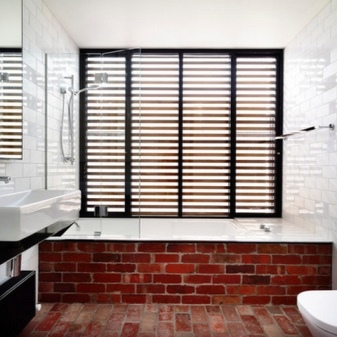
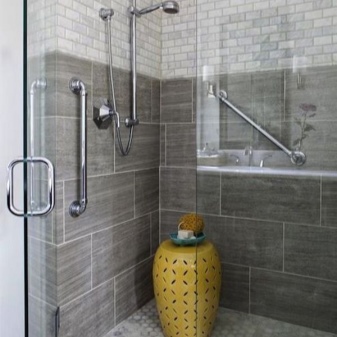
Finally, for interior design, you can choose tiles that combine several shades at once: brick red, brown, dark brown, gray, beige, sandy, etc.
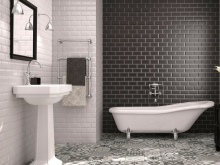
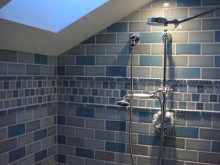
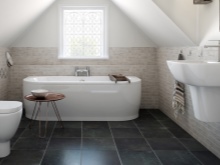
Interior styles with brickwork
Tiles that imitate brick are very often used in a variety of design styles. Among them: classic, English and American styles, Provence, folklore, etc. These styles are characterized by the use of brickwork to decorate door or window openings, fireplace spaces, wall cladding, etc.
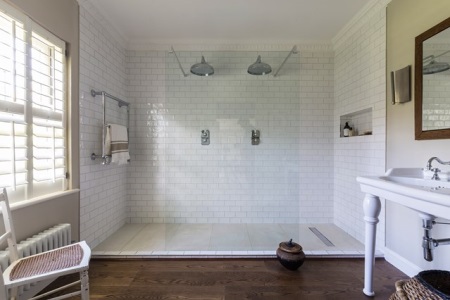
Classic and old English style imply the use of tiles imitating natural red-brown brick. Provence or Scandinavian style is characterized by cold shades - white and gray. It is interesting to look options for combining tiles of different colors.
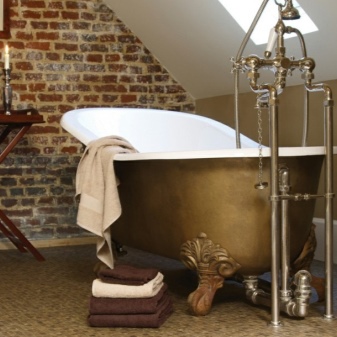
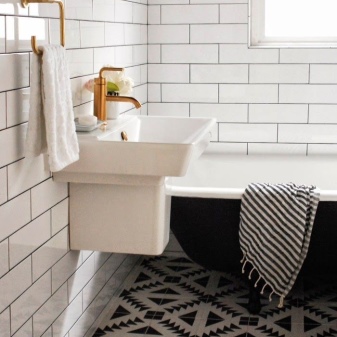
Another stylistic direction in design, which is characterized by the use of brickwork - loft. A room decorated in this style is almost entirely covered with bricks. And it is desirable to choose a tile with the most natural color of bricks.
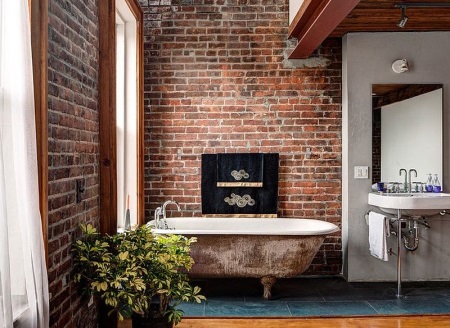
For the interior in the "retro" style, tiles imitating artificially aged bricks are used: with gaps, chips, cracks.
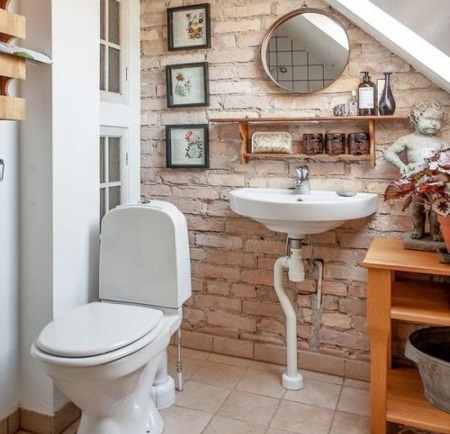
The high-tech or minimalist style is characterized by a smooth, smooth surface, most often white. Joints should not stand out brightly against the background of masonry.
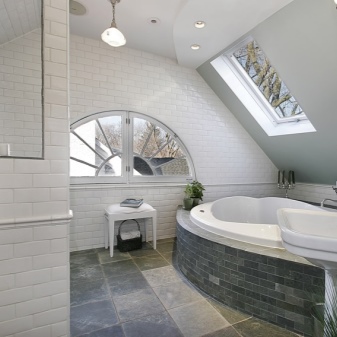
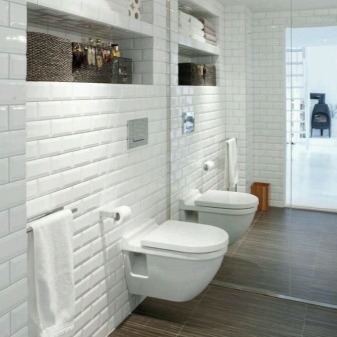
Installation
The process of cladding walls or other surfaces includes several stages and begins with preparatory work. The old coating is removed, the wall is leveled, plastered, primed. The necessary markings are made.
Mounting the gypsum tiles. First, a rail is mounted on the wall, on which the first row of tiles will be laid. As an adhesive, a regular gypsum putty is used, only thicker than is necessary for leveling the walls.
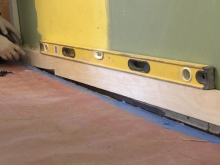
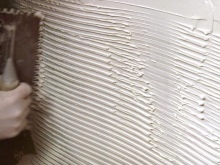
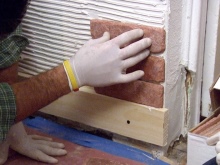
Next, putty is applied to the tile with a flat trowel. The tile is placed on the wall and pressed slightly. Too much pressure is excluded, otherwise the plaster may crack. The excess putty is removed.
The second and subsequent rows of tiles are placed with a gap of about 1/2 the length of the tiles, imitating a brick masonry. Fixing devices are installed between the joints of the tiles to ensure a perfectly even row. To cut the tiles into fragments of the required size a metal hacksaw is used.
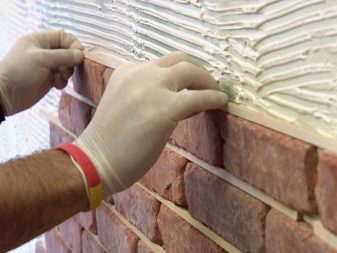

After laying the main cloth, proceed to the registration of seams. They are grouted with the same putty. The joint can be flat, and can be performed "under the caulking". This requires a piece of pipe cut in half with a diameter of 10 mm. It is enough to lead this piece on a fresh seam to get a convex, embossed seam.
Then the finishing and decorative painting of joints or the tiles themselves (if necessary) is performed.
Laying of clinker tiles is practically the same as the installation of gypsum tiles. The clinker tile is laid on the pre-prepared and lubricated surface, pressed down and aligned. After laying the main cloth proceed to the design of seams. Before that, along the seams glue a masking tape to prevent contamination of the tiles. Then, with the help of a narrow trowel, the seams are filled with glue. When the work is finished, the tape is removed.
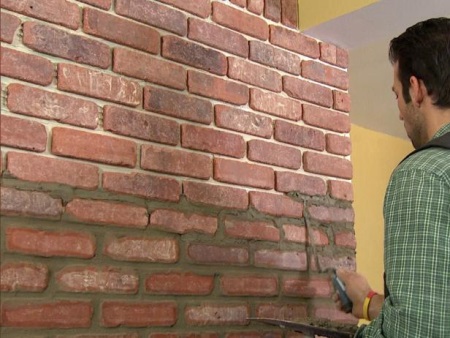
The laying of any tile begins in a corner and continues in rows. Excess glue should be removed immediately. After laying the entire cloth, the finishing of the tiles is performed.
Design tricks
To cladding with tiles imitating brickwork, do not spoil the interior, but on the contrary - make it bright and unusual, you can use several simple but effective design techniques. For example, cladding not the entire wall, but part of it. This could be the space around the fireplace or a small niche, for example.
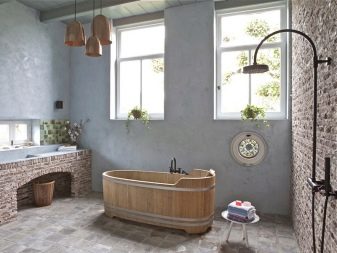
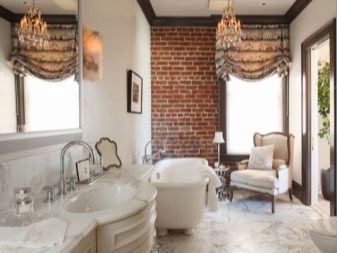
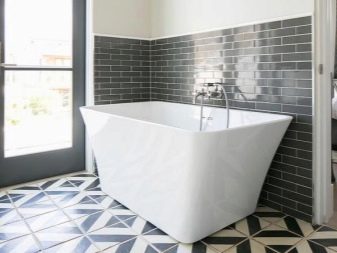
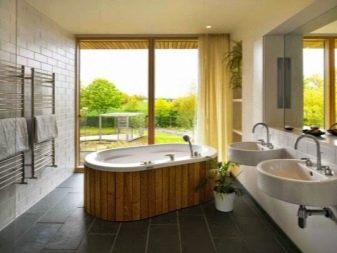
Another interesting option is the asymmetric decoration of the corners. In this case, the corners are lined with bricks of different widths by height. It looks very stylish and aesthetically appealing.
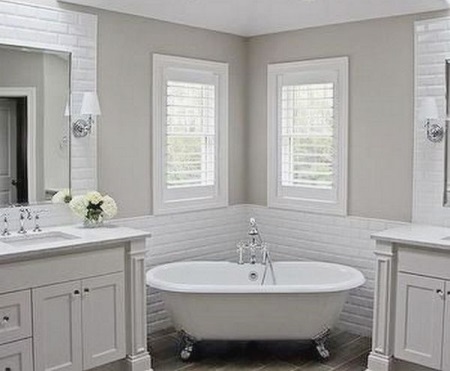
If the reddish-brick color of the tiles does not fit into the overall design solution, you can choose a snow-white brick. Such a color will universally suit any interior.
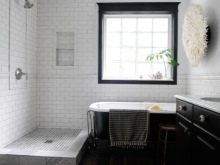
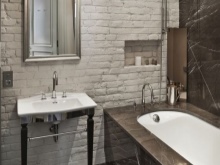
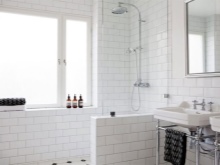
In addition, the tiles can also be used to set some accents. It can be highlighted, for example, the headboard of the bed, the doorway, a false window, etc.





